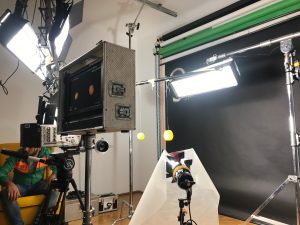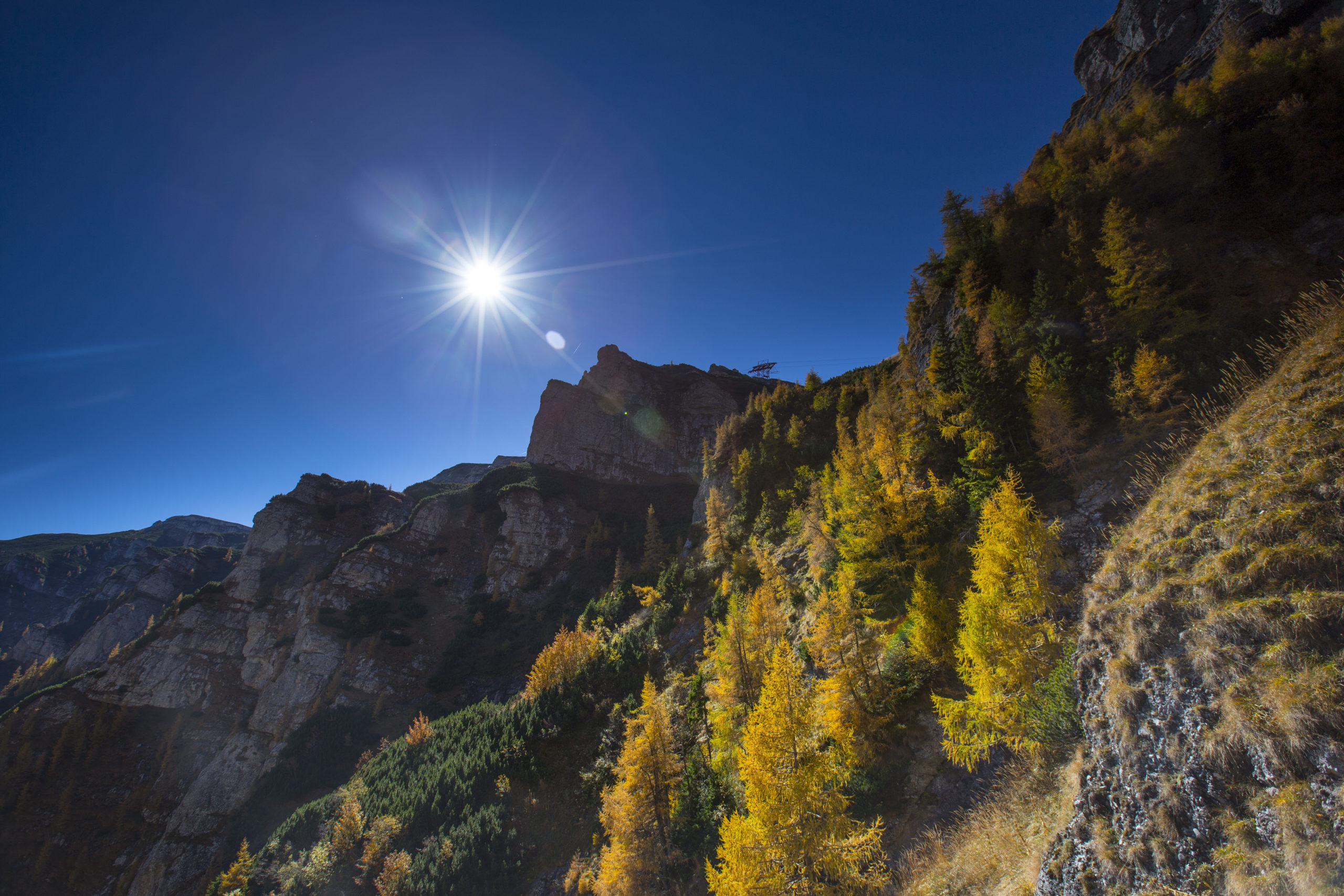There was a time when we filmed quite often on the movie; for those who started to become acquainted with the industry only after 2010 those times seem like fairy tales, but they existed, for good!
Where do I want to go with this story: in those times the filters were very common when shooting. The film being of a predetermined sensitivity – and not being able to play with the ISO as you do now on digital cameras – the exposure equation was more restrictive and then at any shooting you needed at least one set of ND filters.
Nowadays you still see many matte-boxes on the rigs of the rooms, but most of the time they are used for the equipped flights that avoid the objective of the direct rays of light; you rarely see a filter in a filter holder.
All the digital technique – which has taken a formidable advantage – and all the highly performing post processing tools have slowly eliminated the need to use filters that, besides being expensive – in case you decide to use a brand name. quality – they are sometimes quite uncomfortable to use.
Lately, though, I’ve found that a set of filters can substantially improve your output. In what way and in what situations?
In principle, they are formidable for all that landscape photography means.
In the last years I have spent a lot of time making timelapses, which are basically films made from very long sequences of photographs. There were few situations in which I had to change the frame or avoid a certain area due to overexposures that would have damaged the image. Sometimes, no matter how much you play and spin a filter, you never get a good exposure in a photo where you have the sun in the frame, but you want to see the rest of the landscape, like this one. :
We recently learned about LEE – made in England filters. They are not cheap at all. But the judgment works like this: you have a 3000 euro camera and a 1500 objective on it. The filter filters on this whole? One of 15 euros, or one of 150? Obviously the price difference means a sensitive difference in quality – this does not take much to learn in the film industry. So – however much I wanted to buy something good from Romania – I opted for an external order.
I ordered from LEE Filters: two filter holders (foundation kit), an ND filter called by them “Big Stopper” because it cuts 10 apertures (or allows you to increase 10 times the shutter speed), another ND 0.9 filter, a set of 3 ND Soft Grade filters (0.3, 0.6, 0.9), a 0.9 ND Hard Grade and of course adaptive rings for the various objectives on the frame shelf, but you want to see the rest of the landscape as well:
The filters arrived at the fixed office before leaving for a trip to Bucegi, in October 2014, so I took the opportunity, loaded the backpack even harder with a Canon 6D, a 16-35 and all the filters and started. Once I got to the top, I started playing with the filters and I was really excited about what you can get with them.
This thing with fair exposures when you have the sun in the frame, so you can keep the color of the sky and see anything else , he gave me back:
In the picture above I used the ND Grad Hard 0.9 filter mounted on the diagonal. It is very easy to turn the filters into the holder, which is otherwise easy to mount and remove, with a single movement that you can do with one hand. The only thing you have to be extremely careful about is not putting your fingers on the filter. They have this enchanting gift of attracting dirt with a speed sometimes higher than your cleaning speed (and head).
Here is a comparative example made at the Cross of Heroes. It is interesting to see how in the picture where I used only the polarization filter it retains even the sun’s reflections from the grass, while the ND Grad retains only the sky and the rest leaves it unchanged. After all, the use of filters is an artistic option, so strictly subjective. Everyone does what he wants. The pictures below, which show comparative situations, can be opened in full screen . Click on them:
The next morning I was surprised to see the whole meadow in Padina area covered by chicory. So I thought I would use a ND Grad Soft 0.9 filter compared to a circular polarization one, only this time I used it normally and also with bottom up. I mean once I held the sky, once I caught the grass that was very white. I kept the picture made without any filter which, I do not know why, I did it at another exposure than the others, sorry 🙂 And I did not reduce the exposure in the Raw Camera:
Once we reached the Padina area, it was time to play with the Big Stopper. This thing is such a black filter that you can barely see through it. It closes your image of 10 apertures. In other words you can increase the exposure time by 10 times. And obviously this helps you blur just about anything that moves in a picture: water, clouds, traffic, any movement. The effect is very interesting and I can hardly wait to make the first timelapse with this filter.
What is nice is that I give you a card – which is very useful when you do not want to count on your fingers or you do not have a speedometer on you – which writes down the shutter speed you get with the Big Stopper, starting from the time of camera exposure without any filter. One thing worth noting is that due to the treatment of the filter but also the long exposure time, chromatic aberrations occur. The images are much cooler. So either compensate directly from the white ballance of the room or post process the pictures. Here’s what comes out with a BIG Stopper filter, quick tests on the route:
Or:
However I shot the picture from the right to the post, I failed to remove the red tint from the bottom left. Probably I would have succeeded if I had used layers, masks etc but not even so long ago I have not 🙂 Forgiveness and because I did not correct the horizon – the water goes downstream and flows to the right!
In conclusion: filters are a very useful investment when dealing with the above situations. The recommendation is that if you have quality goals, you should not hit them with cheap filters. I don’t know about other systems. I tested on a F64 a Cokin system and it seemed rather cumbersome to install / dismantle and this worked for me. it irritates very hard when filming when you have to move fast and everything works as a grease. So, at the recommendation of a friend who told me about LEE filters, I went on the site, I watched tutorials, I beat my head two weeks with which models to order and … now it is at Parcfilm, in stock: )












